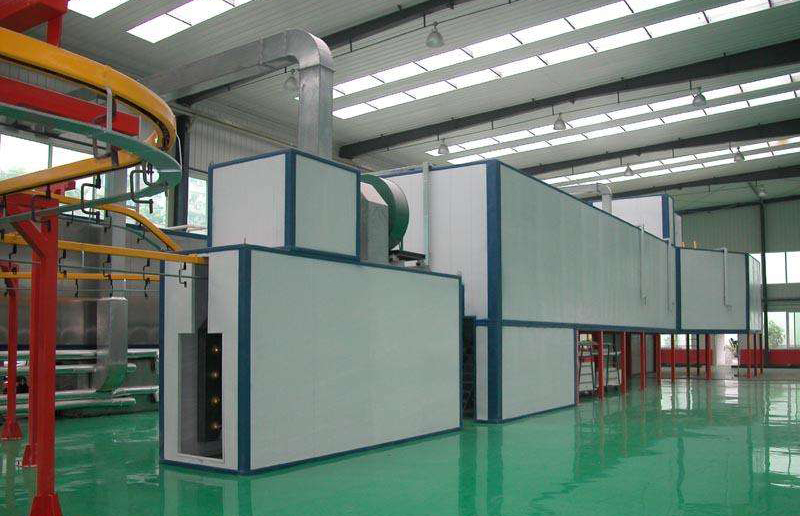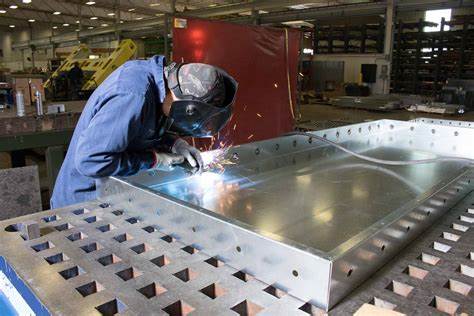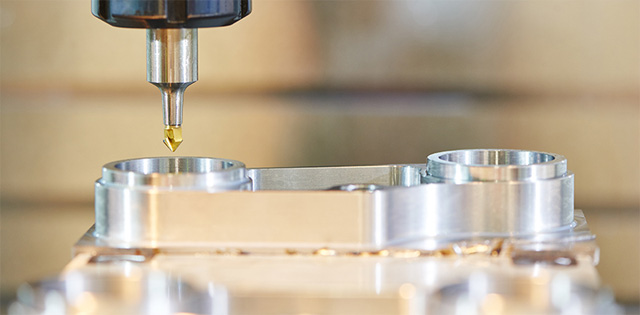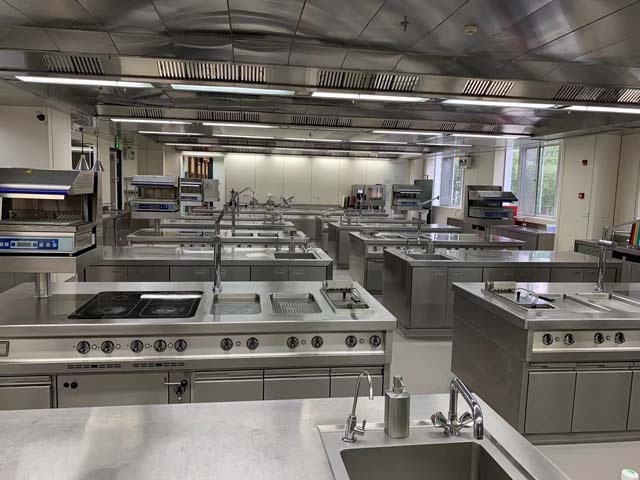In the process of processing and producing non-standard precision mechanical parts in Huazhi sheet metal processing Factory, although there are many small skills that are very inconspicuous, if you can know and master these skills, it will make you more efficient with less effort! Below we will introduce some commonly used tips in the processing of non-standard precision mechanical parts, so that you can understand them together:
Tip one:
Remove the jaws of the vise and machine two M4 threaded holes, flush two 1.5mm thick steel plates with the jaws, rive the 0.8mm thick hard brass plate with aluminum rivets, and fix them to the jaws with M4 countersunk screws to form a durable of soft jaws. This can protect the precision mechanical parts from being pinched.
Tip two:
It is inconvenient to use a magnet to pick up small precision mechanical parts. An iron plate can be sucked under the magnet. It can not only absorb many small precision mechanical parts, but also can pull the iron plate apart, and the small precision mechanical parts will automatically fall into the collection box, which is very practical.
Tip three:
In case of slippage between the pulley and the axle during the transmission of the pulley, a series of dimples can be made on the axle with a ¢15~18mm dimpled drill bit, which can form an adsorption force and prevent slippage.
Tip four:
The workpiece is generally positioned first and then clamped, but for some workpieces, the clamping will cause deformation of the workpiece. Therefore, for such a workpiece we first clamp and then position it, find 6 positioning points, and find the degrees of freedom that limit it.
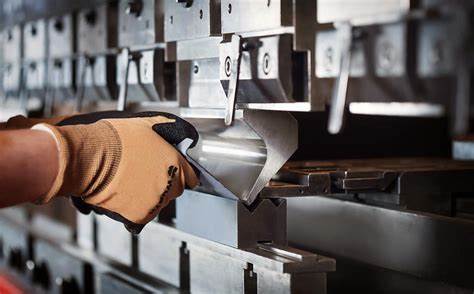
Large-scale machining factories attach great importance to the quality and efficiency of Non-standard precision mechanical parts processing. If the production efficiency can be more effectively improved without spending a lot of manpower and financial resources, then these tips are also very worthy of admiration. of.
What are the specific requirements for materials for Parts processing?
For precision mechanical parts, there are not any materials that can be processed. If the hardness of the material processed by the precision mechanical parts exceeds the hardness of the lathe turning tool, the lathe turning tool will be damaged, so these materials are not suitable for precision machining.
1. Requirements for material hardness
In some cases, the higher the hardness, the better the material, but for the machining of precision mechanical parts, the material can only be limited to the hardness of the lathe tool. If the material is harder than the lathe tool, it cannot be processed. .
2. The material should be moderately soft and hard
The machining materials of precision mechanical parts are at least lower in hardness than lathe turning tools. At the same time, it is necessary to understand what the purpose of precision mechanical parts is, so as to choose the appropriate lathe tool for processing.
3. Pay attention to the density of the material
Before processing precision mechanical parts, we must pay attention to the density of the material. If the density is too high, it is equivalent to a large hardness, but if the hardness exceeds the hardness of the lathe turning tool, it cannot be processed, and it will not only damage the lathe turning tool, It will also cause dangers such as the cutting tool breaking and flying.
4. Attention should be paid to the density of materials in the processing of precision mechanical parts
The processing of precision mechanical parts has certain requirements on the quality of materials, and not all materials are suitable. If the material is too soft, there is no need for precision machining. If the material is too hard, the lathe tool cannot be processed. In short, when processing precision mechanical parts, the hardness of the processing material must be lower than the hardness of the lathe tool for precision machining.


